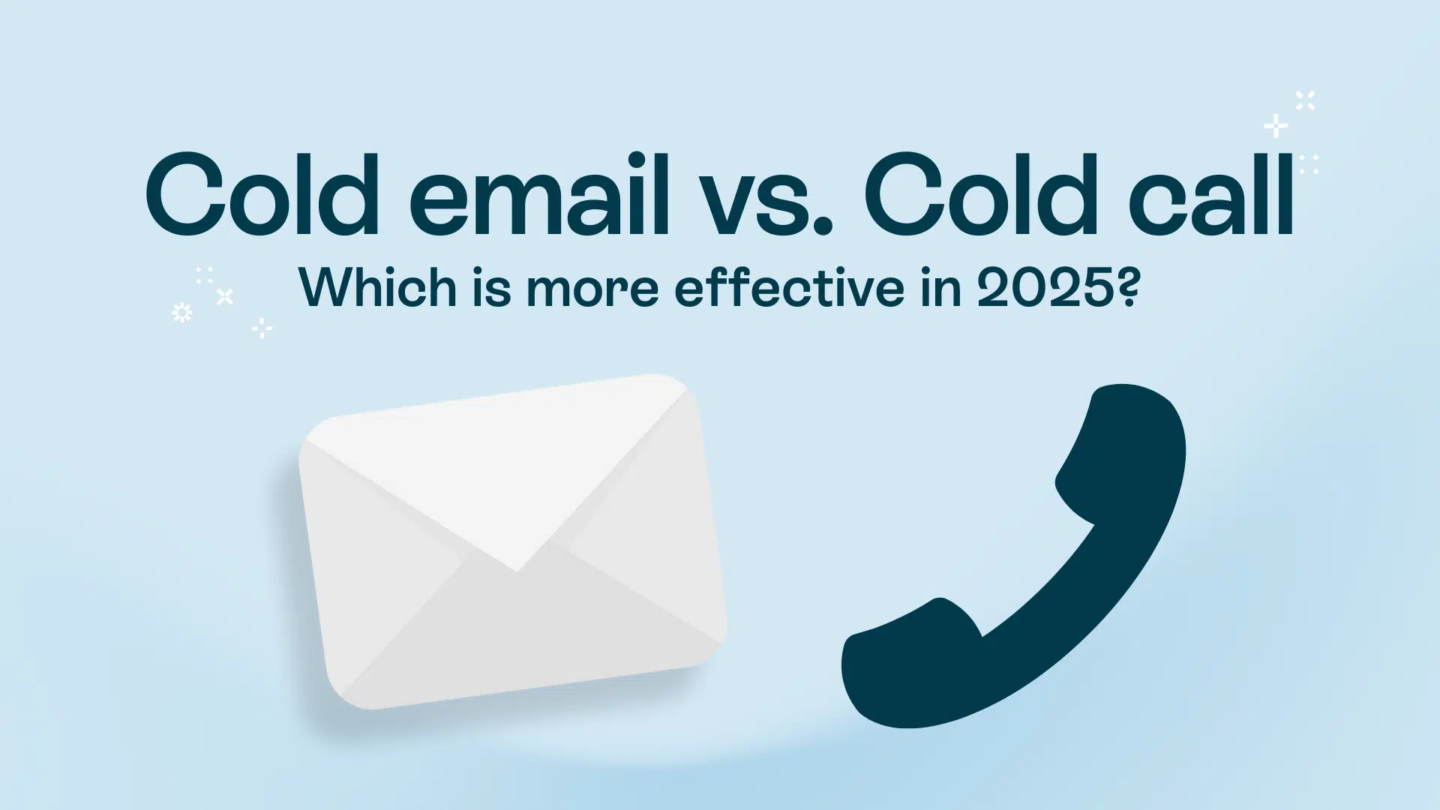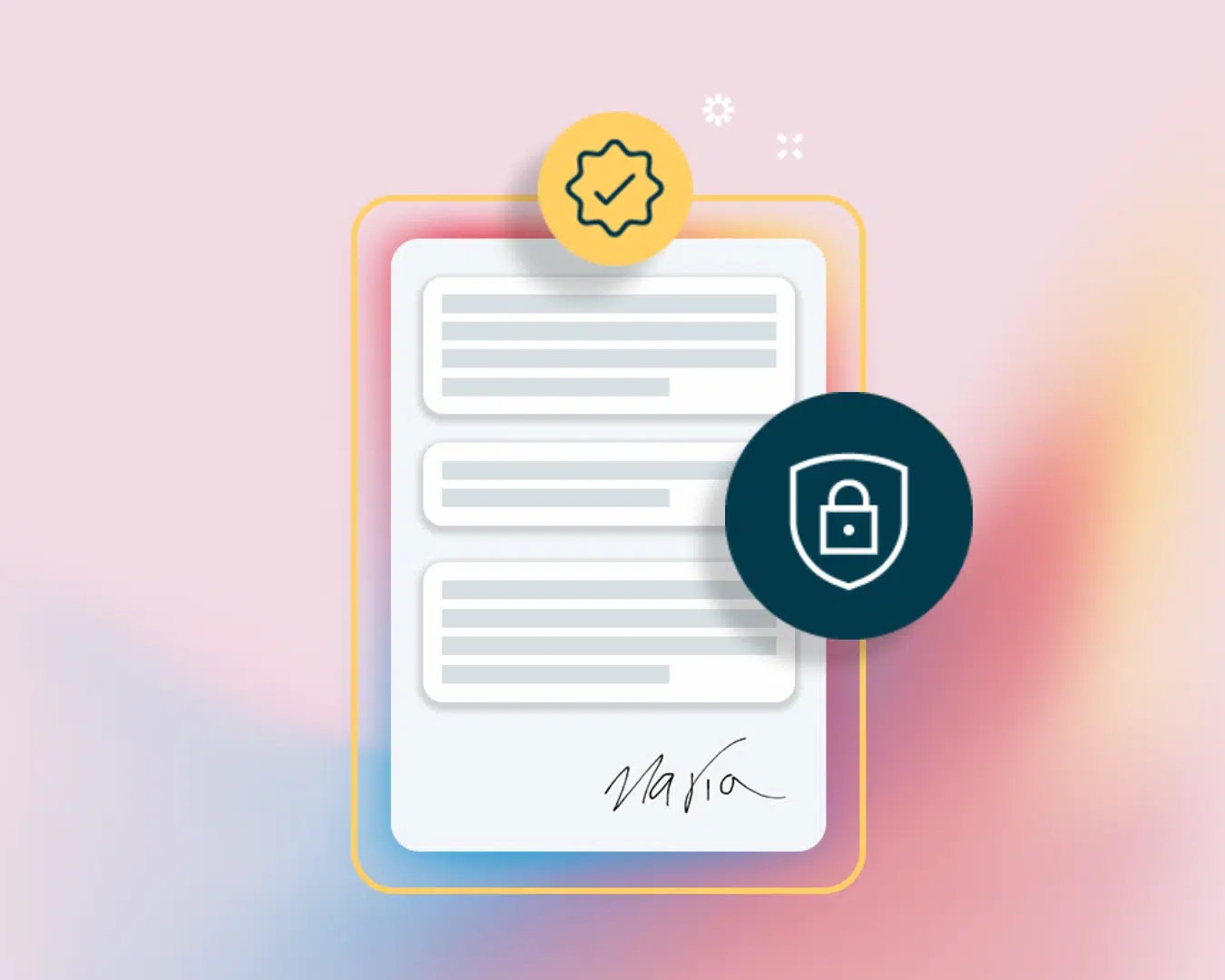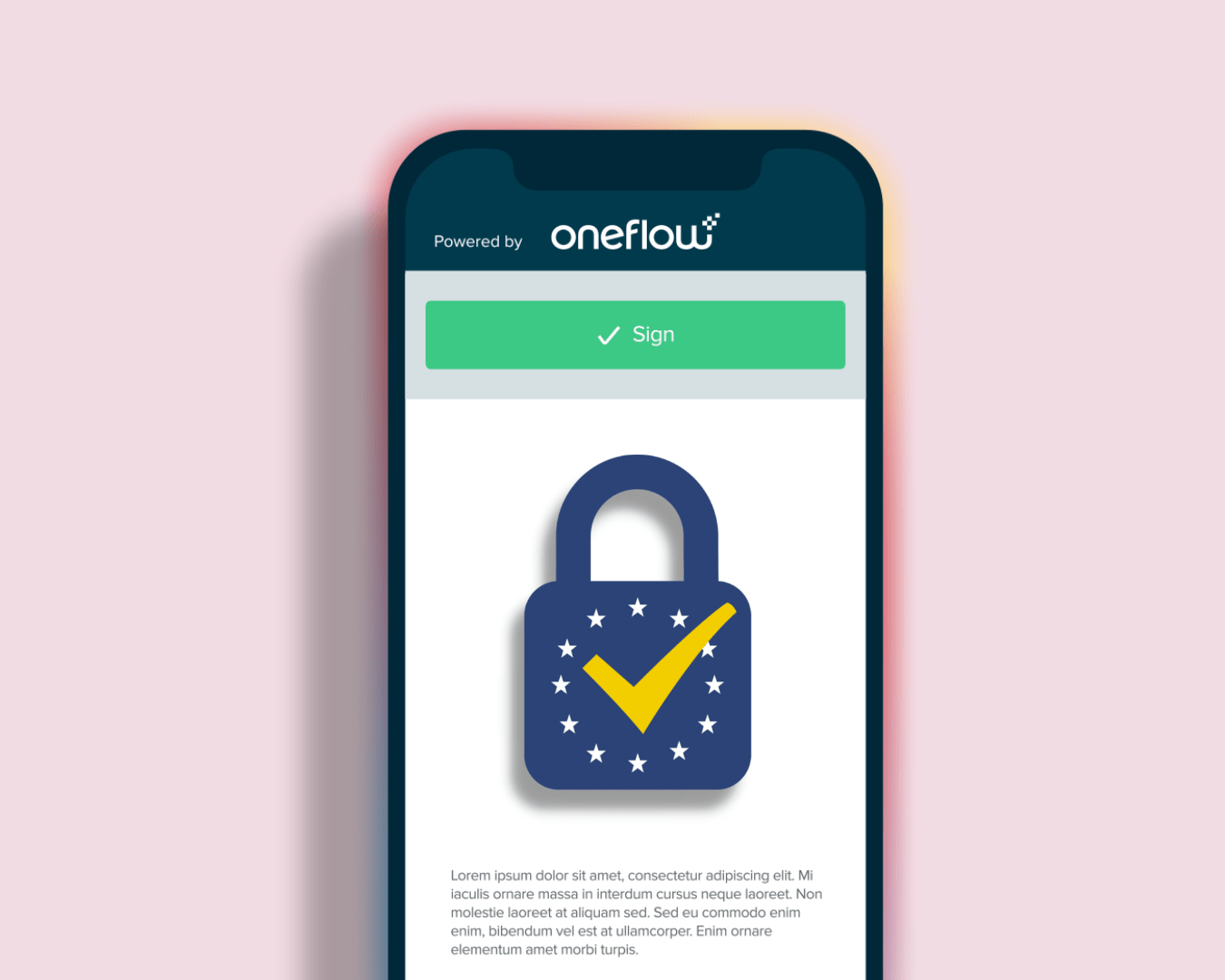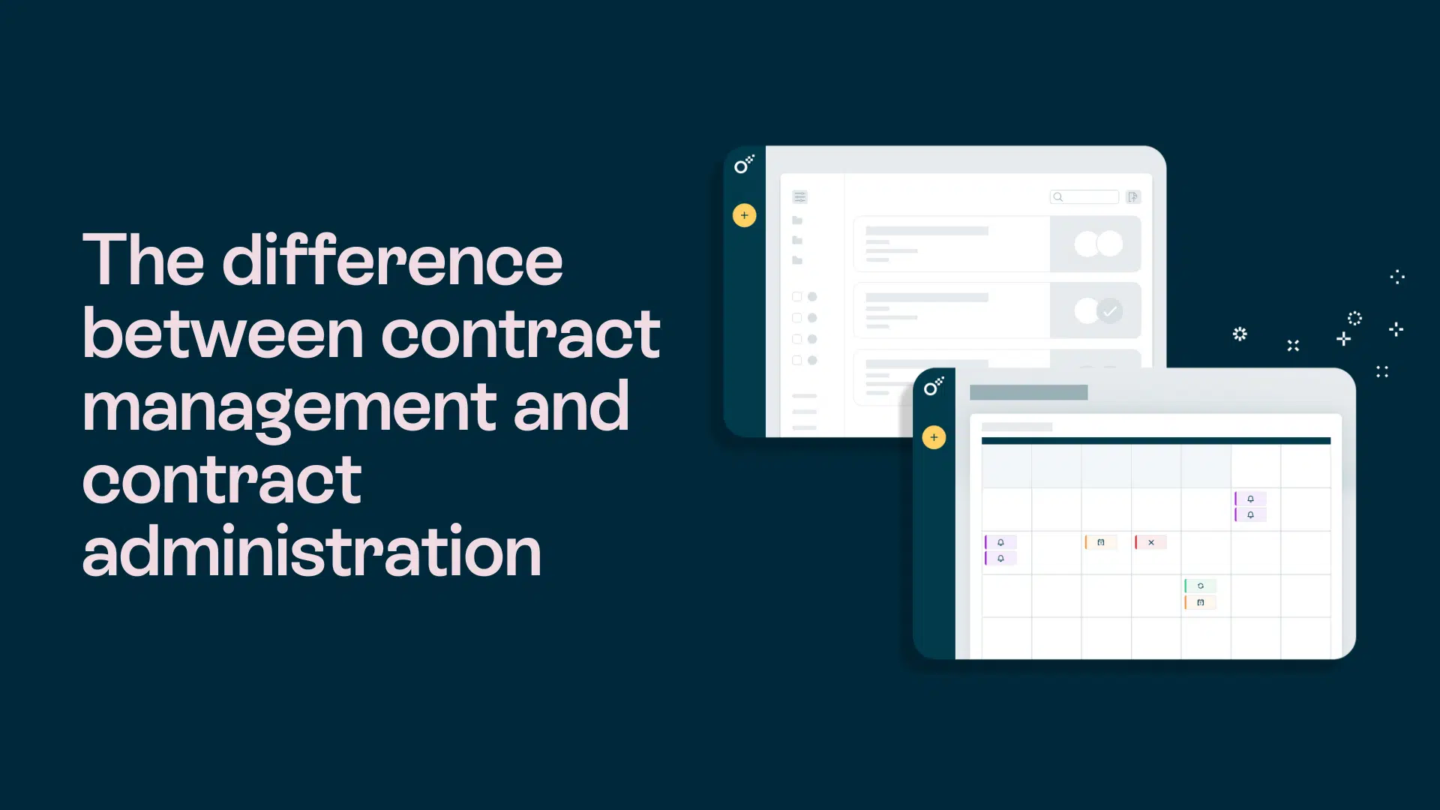What grabs attention faster—a ringing phone or a well-crafted email?
Both are powerful tools in your sales toolkit, but choosing the right one depends on how well each aligns with your outreach strategy, target audience, and available resources. In 2025, with changing buyer behaviour and rising expectations around personalisation, what worked before might not be enough today.
So, what’s more effective for UK businesses in 2025: cold calling or cold emailing?
Let’s break it down.

Understanding the Basics
Before digging deep into which outreach method works well for your business, let’s understand each method closely.
Cold emailing
Cold emails are messages sent to people who haven’t interacted with your business before. They aim to spark interest, introduce your services, and initiate a professional relationship.
Key success factors:
- Audience research: Know your target’s role, pain points, and priorities.
- Subject lines: 64% of recipients open emails based on the subject alone.
- Tone of voice: Keep it formal but friendly—mirror your prospect’s style.
- Follow-ups: Regular, well-timed follow-ups improve response rates.
Cold Calling
Cold calling is one of the oldest sales tactics—directly phoning a prospect with no prior contact. It allows real-time interaction, objection handling, and relationship building.
Key success factors:
Empathy wins: Show you understand their challenges.
First 90 seconds count—make a strong, respectful first impression.
Know your prospect: Research their company, role, and recent activity.
Clear value: Be concise and problem-focused—no fluff.

Shared Goals of Cold Emails and Calls
Despite their differences, both channels share common objectives:
1. Spark Initial Interest
Whether it’s an email offering a resource or a call introducing a service, the goal is the same: trigger curiosity and get your foot in the door.
2. Start a Dialogue
Both methods are designed to begin conversations—not hard-sell. Ask questions, listen, and start understanding what the prospect needs.
3. Introduce Your Brand
Cold outreach helps you enter the buyer’s journey early. Use emails to offer value or resources, or use a call to directly position your brand as a problem-solver.
4. Qualify Leads
Whether you’re sending targeted emails or speaking directly, both strategies aim to determine:
- Is this the right company?
- Are they facing the challenges you solve?
- Do they have the right budget or team size?
5. Move to the Next Step
The ultimate aim? Book a meeting or discovery call. Cold emails often include CTAs with links to booking calendars or demos. Cold calls can secure immediate next steps in real time.

Key Differences Between Cold Calling and Cold Emailing
| Factor | Cold Calling | Cold Emailing |
|---|
| Personalisation | Real-time interaction, tone, pace | Subject lines & tailored content |
| Scalability | Limited (1:1 effort) | Highly scalable with automation |
| Intrusion | Can be seen as disruptive | Passive—viewed when convenient |
| Cost | High (requires trained reps) | Lower (automation-friendly) |
| Data | Call metrics (duration, connection rate) | Email metrics (opens, clicks, replies) |

How to Choose the Right Strategy (Or Use Both)
1. Prospect Familiarity
- Cold emails are better when introducing your brand to unknown contacts.
- Cold calls work best when your prospect already recognises your name or company.
2. Message Complexity
- Got a detailed message with attachments or links? → Email.
- Need quick feedback or clarification? → Call.
3. Urgency
- For time-sensitive offers (e.g., flash discounts or urgent solutions), calls help create immediacy.
- For slower, more educational outreach, emails provide more breathing room.
4. Resources
- Cold calling is resource-intensive and requires well-trained SDRs.
- Cold emailing is affordable, scalable, and easier to automate.
5. Buyer Preferences
Ask yourself: “What do my ideal buyers prefer?”
Some industries (like tech or SaaS) favour email. Others (like construction, finance, or recruitment) may respond better to phone calls.
Align your outreach with your audience’s preferences—not just your team’s convenience.

Cold Outreach in 2025: Performance Benchmarks
Cold Email (2025 Averages)
Cold Call (2025 Averages)
- ☎️ Connection Rate: 13.3% (typically after 8 attempts)
- 📅 Meeting Book Rate: 2.3%
- 🤝 Close Rate: 1–10%, depending on rep skill and lead quality
🔍 Takeaway: Cold email is easier to scale, but cold calling yields better personal engagement—especially with warm leads.
Final Thoughts: Go Hybrid, Go Strategic
So—cold email or cold call in 2025?
The truth is, there’s no one-size-fits-all answer. Both methods have a place in a modern sales strategy.
- Use cold emails to scale outreach, share resources, and qualify leads.
- Use cold calls to build rapport, handle objections, and close faster.
- Better yet, combine both for a well-rounded outreach sequence.
In 2025, success lies not in choosing one over the other, but in understanding your audience, aligning outreach to their preferences, and using the right tool at the right time.







